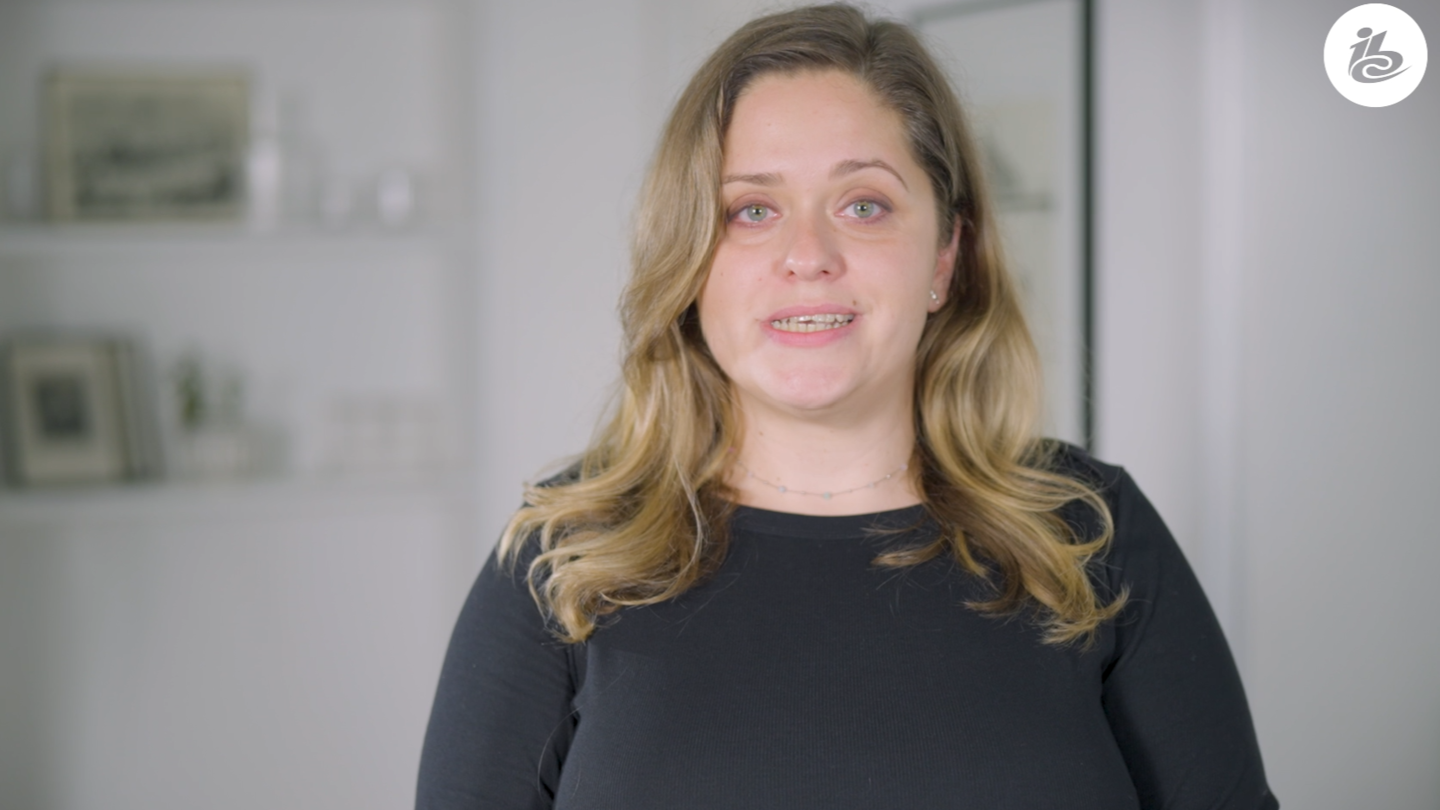The year ahead is guaranteed to be full of significant changes for the broadcast industry. The rapid rise of FAST channels, the maturity of cloud technology services, the rollout of IP-based systems, and the emergence of Artificial Intelligence assures that we’re all in for an exciting ride in the coming 12 months.
We spoke with Richard Waghorn the Director of Operations, Technology & Transformation at RTÉ, Adde Granberg the CTO of Swedish Television (SVT), and Roger Crothers the Head of Technology at BBC Wales to get a sense of their focus for 2024.
Primary goals
The three broadcasters are at different stages in their journeys toward next generation technologies, so their main goals for 2024 are very different....
You are not signed in
Only registered users can read the rest of this article.
Broadcast AV design brings Blockchain show to life
Tasked with running two simultaneous live broadcasts from the Blockchain Life trade show in Dubai, Oasis Studio looked to create a flexible, redundant production workflow, offering a timely showcase of broadcast AV systems in action.

Poacher turned gamekeeper: Netflix rules, for now
Netflix raids Hollywood to land a giant of old media, but having offered billions over the odds for ageing IP, would a smarter play have involved the creator economy?

Truth in the age of deepfakes: Building trust in the human-machine era
As deepfakes become prevalent throughout the media industry, experts at the BBC, Guardian, and ITN wrestle with the implications of today’s unprecedented levels of disinformation and distrust.

Rory Peck Awards: Truth has never needed its defenders more
This year’s Rory Peck Awards was an affirmation that press freedom is in severe danger, that it has become a vicious fight to sustain that facts matter. George Jarrett reports.

Camerimage: “The time to be afraid of AI was two years ago”
The festival of cinematography remains political with the rise of AI and gender equality bubbling beneath the surface.




